Orchestra Leaders
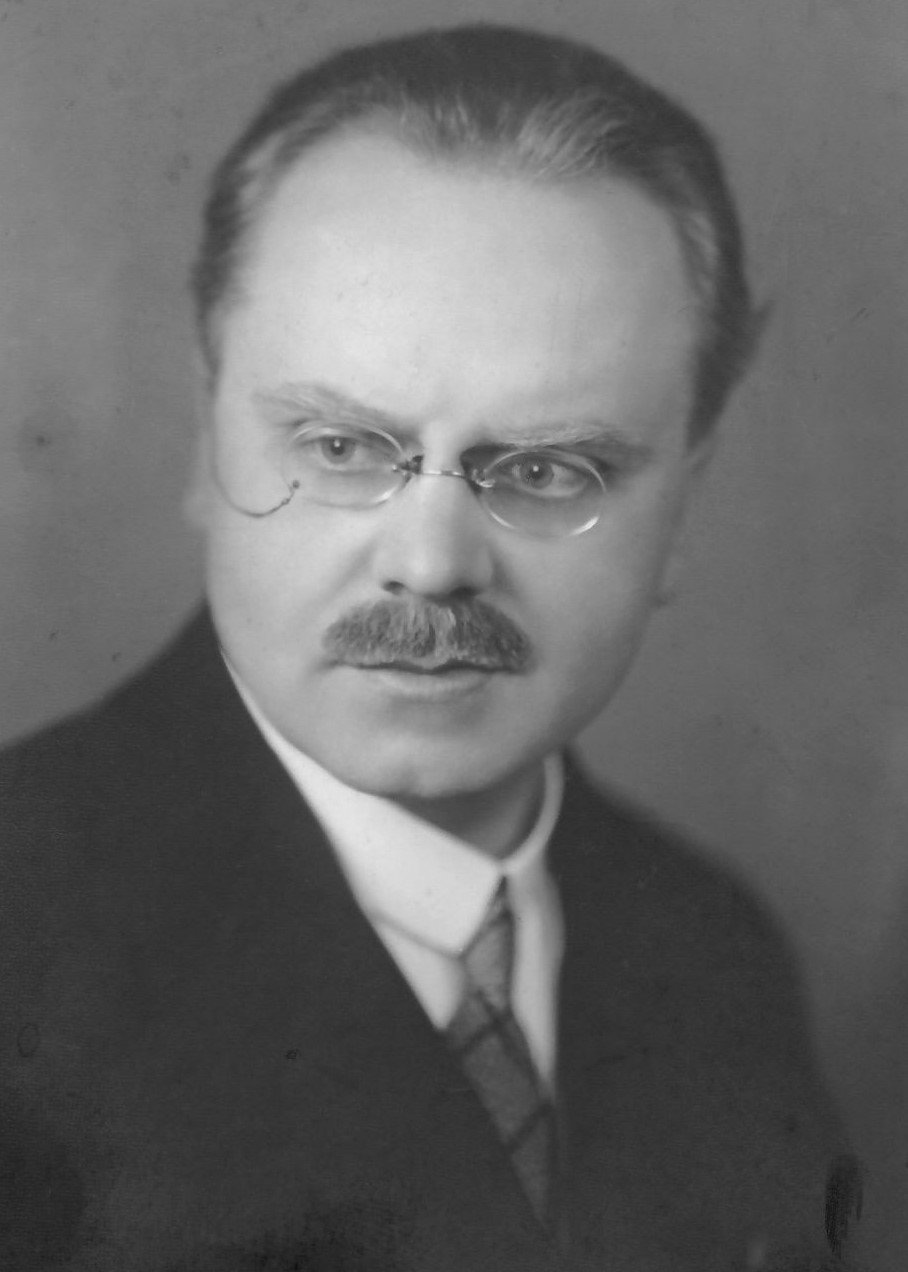
Dezső Bor [1888–1974]
Dezső Bor
After completing his violin studies at the National Music School, Bor applied to serve as a military musician, studying the trumpet and, later on, conducting. After being discharged, he first worked at Hungarian State Railways and later joined the staff of the Metropolitan Library. With the outbreak of World War I, he reenlisted in the military as a musician. After the war, he returned to the Metropolitan Library – and was later forced into retirement from its successor, the Metropolitan Ervin Szabó Library, in 1949. The defining development of his biography is the fact he was able to work as an orchestra founder, leader and conductor alongside his work as a public official.
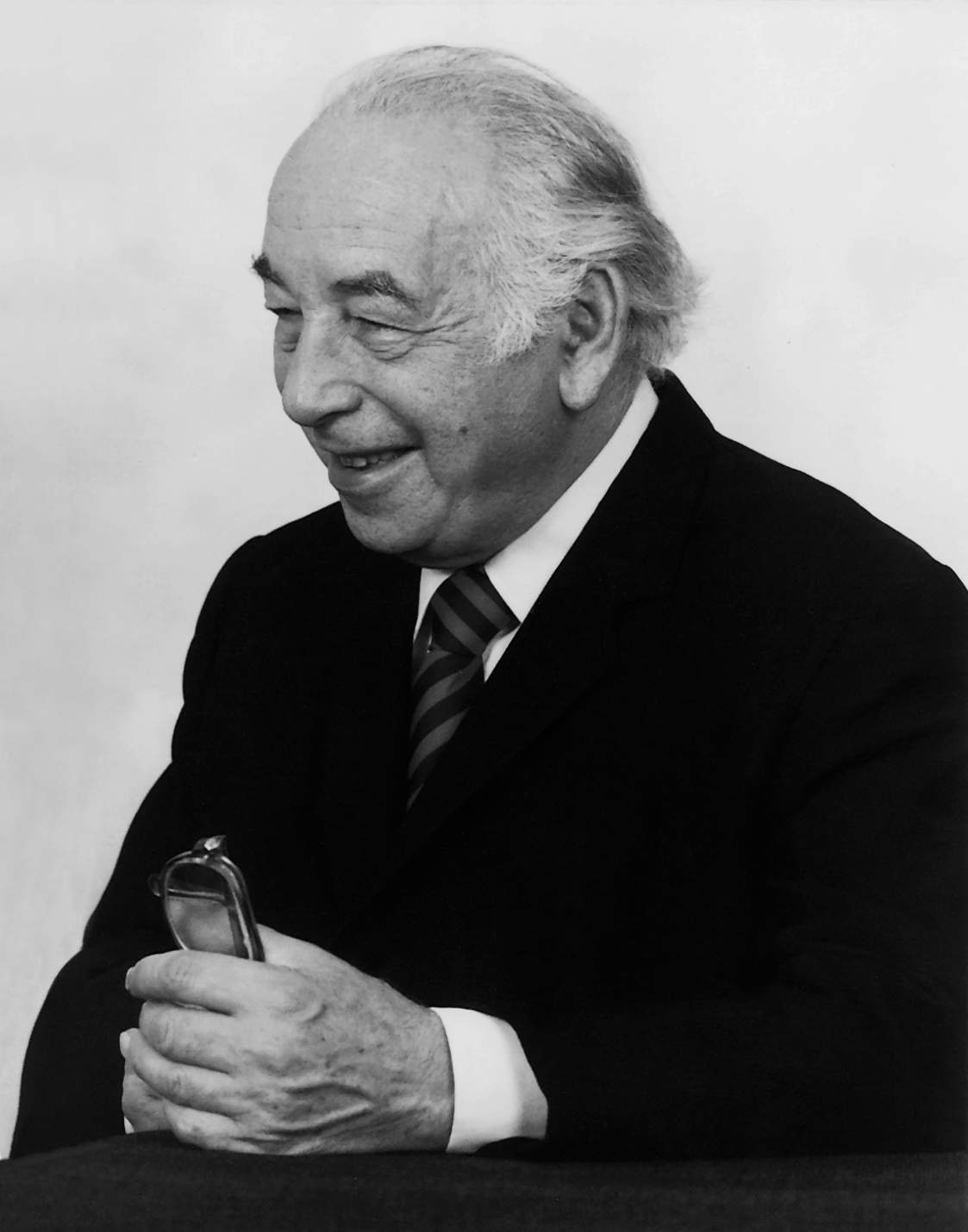
László Somogyi [1907–1988]
László Somogyi
Somogyi studied composition with Kodály before continuing his training under Hermann Scherchen in Brussels. From 1932 to 1936, he served as a violinist with the BSO, eventually giving his first concert as a conductor in 1936. Between 1945 and 1950, he conducted the Metropolitan Orchestra. In 1949, he became the head of the Liszt Academy’s conducting department, and he led the Hungarian Radio Symphony Orchestra from 1951 to 1956. Emigrating after the Hungarian Revolution of 1956, he lived first in Western Europe, and then from the 1960s in America, where he worked as music director of the Rochester Symphony Orchestra. He lived in Geneva from 1970 until his death.
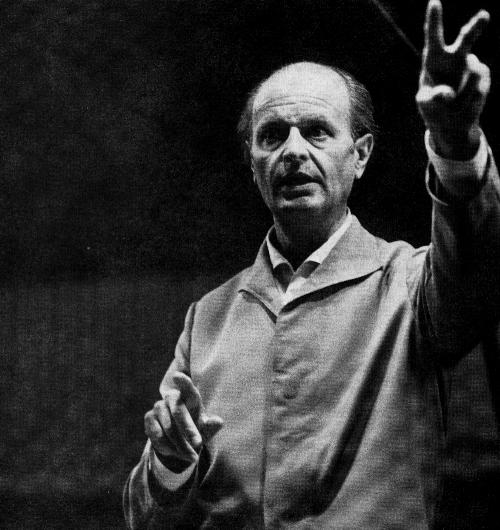
Ferenc Fricsay [1914–1963]
/ Hungarian State Opera archives
Ferenc Fricsay
During his music academy years, Fricsay studied under Bartók, Kodály, Weiner and Dohnányi. In 1945, together with László Somogyi, he was appointed conductor of the Metropolitan Orchestra. The two managed the ensemble in parallel – and not without conflict – until 1947, when, by a mayoral decision, the musicologist Dr Dénes Bartha became the group’s artistic director. Fricsay, who emigrated in 1947, spent most of the rest of his life in Germany (in 1954/55 he led the Houston Symphony) and became a world-renowned conductor. His recordings of Mozart, Beethoven, and Bartók, made from the ‘50s until his early death, are still regarded as benchmarks for those works.
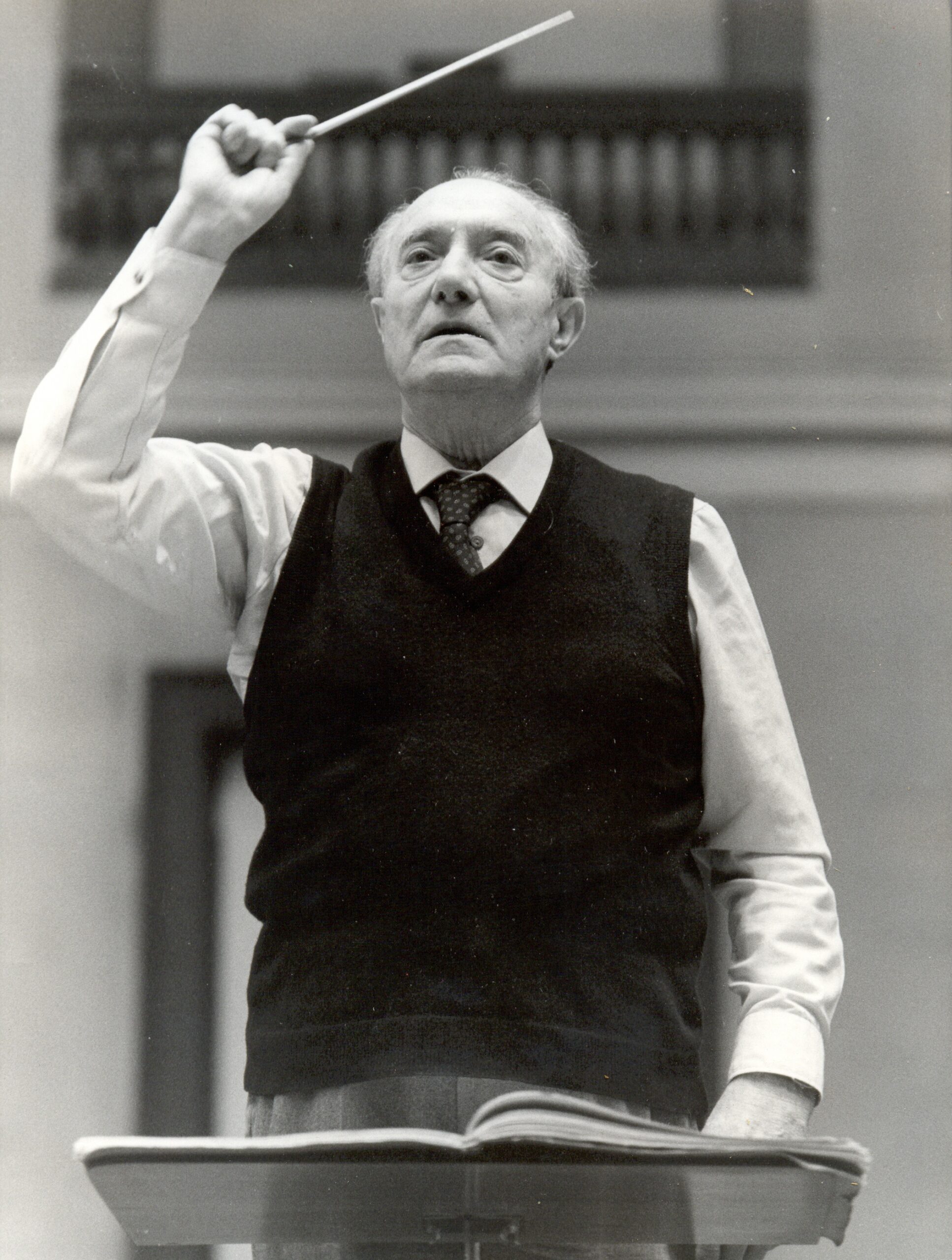
János Ferencsik [1907–1984]
János Ferencsik
The early ‘50s brought important changes. The Metropolitan Orchestra received a new name in 1952: from then on, the ensemble would be known as the Hungarian State Symphony Orchestra. In 1953, János Ferencsik took over the post of chief music director for the orchestra and at the same time for the Hungarian State Opera. He had already been conducting the Metropolitan Orchestra for more than 20 years, since 1932. Ferencsik was a broad-minded, highly educated and exceptionally gifted musician, whose greatness is demonstrated by the fact that he worked as a tutor in Bayreuth at a young age and later appeared at the Salzburg Festival several times. He taught at the National Music School, where he had previously studied as a student of László Lajtha’s. Under Ferencsik’s leadership, the Hungarian State Symphony Orchestra became Hungary’s most outstanding orchestra, an ensemble commanding worldwide respect. His tenure, which lasted until his death in 1984, was the orchestra’s first true golden age. While the public regarded Ferencsik as a recognised interpreter of Viennese Classicism, he also devotedly interpreted the works of Bartók and Kodály, as well as even more modern Hungarian music.
“Whenever I stepped in front of an orchestra, the first thing I did was win the ensemble over. […] An orchestra consists of many, many individuals handling various instruments whom the conductor must convince both individually and collectively of his own truth. The orchestra members who play the instruments are fellow artists. They must be treated in such a way that everyone feels, ‘This conductor is correct; this really is how it has to be, it’s the only way to play it.’ Then they will be happy to play with him. This is the psychological side of the craft.”
The words of János Ferencsik late in his life.
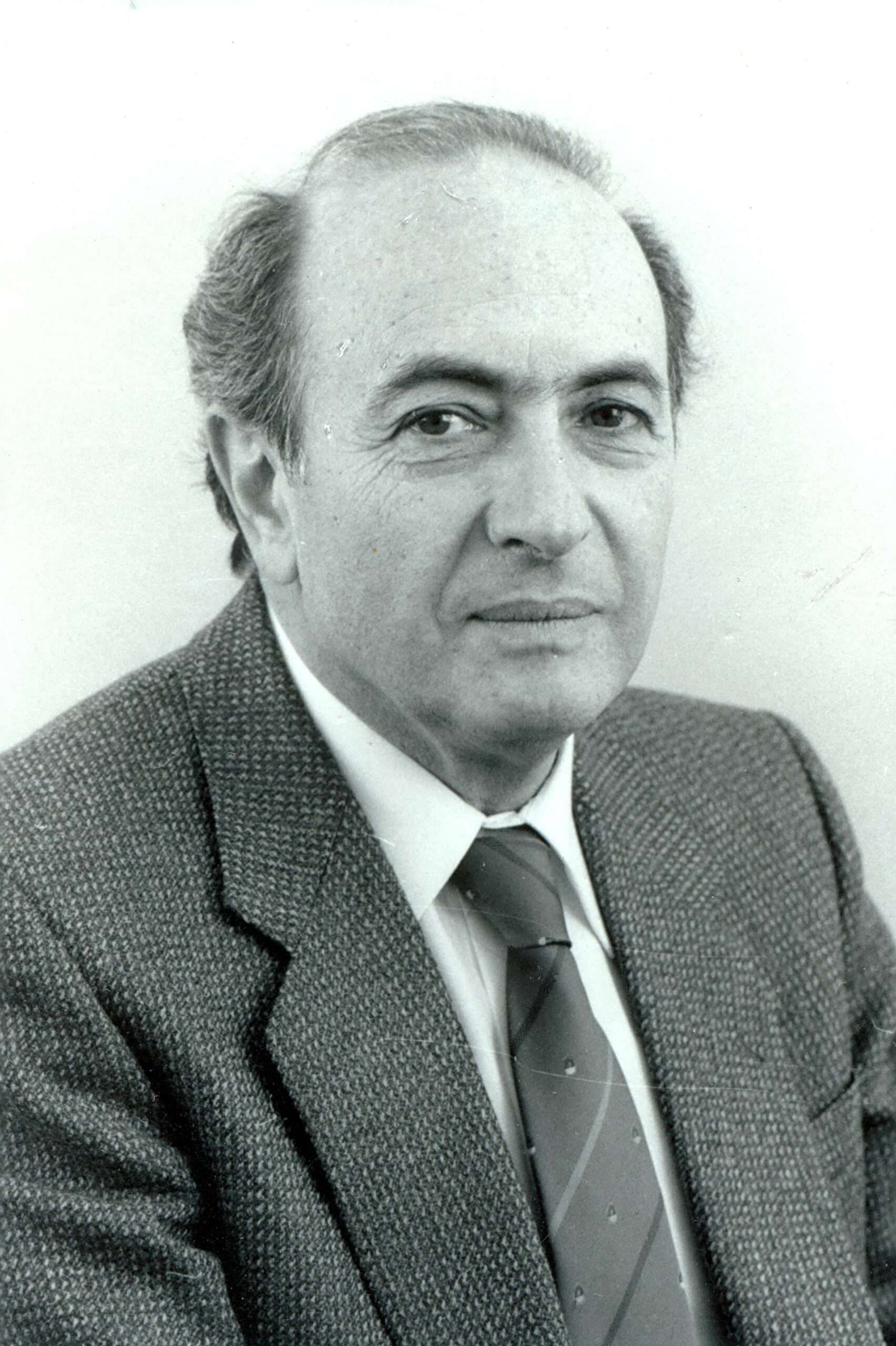
Ervin Lukács [1928–2011]
Ervin Lukács
Along with Ferencsik, Ervin Lukács, a highly cultured conductor with refined taste, was an important figure in the orchestra’s everyday life. The winner of the Third Rome International Conducting Competition in 1962, he regularly conducted the HSSO for many years, and on more than one tour served as the alternate to the chief music director, who directed most of the concerts. Between 1991 and 1994, he held the post of HSSO music director.
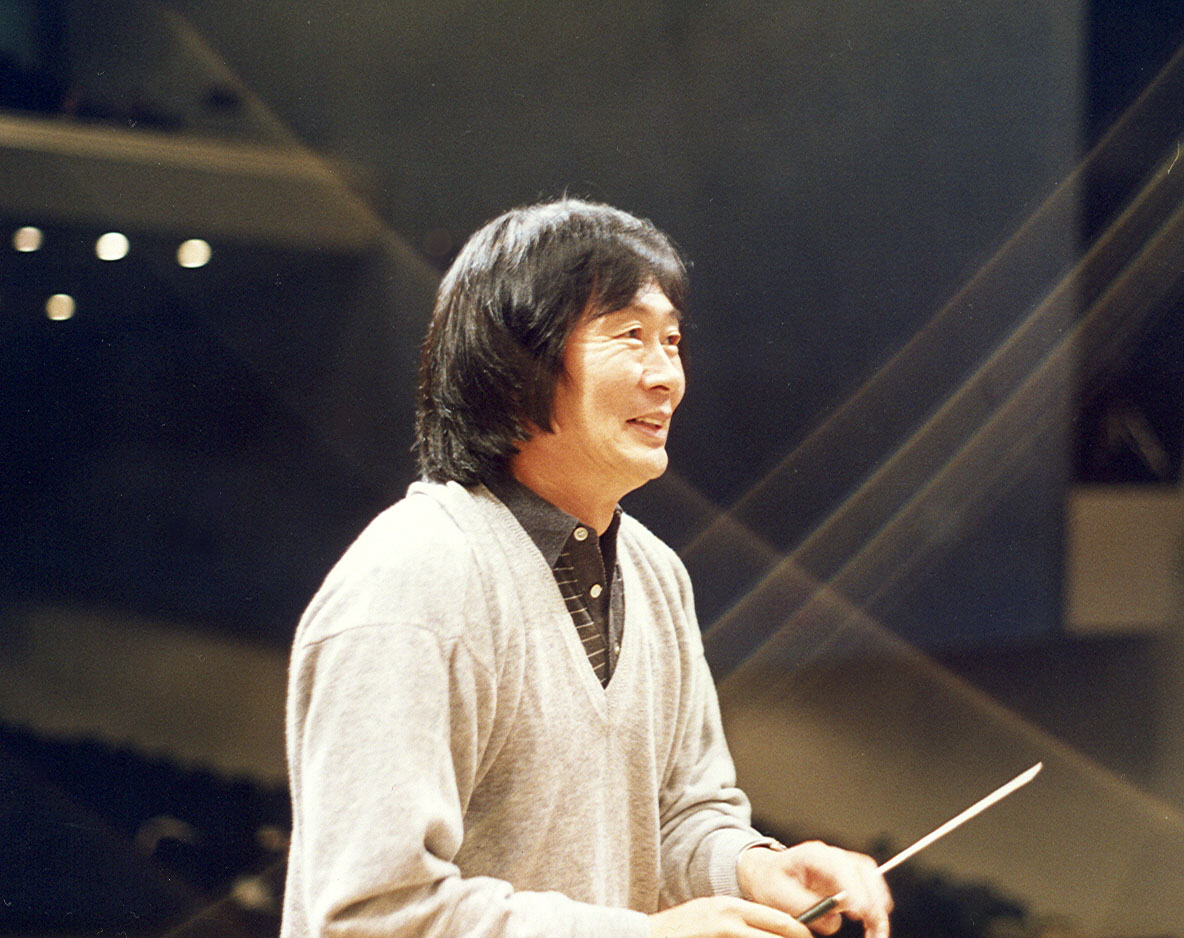
Ken-Ichiro Kobayashi [1940]
Ken-Ichiro Kobayashi
Ken-Ichiro Kobayashi’s life has been intertwined with the Hungarian music world since 1974. That was the year he won Hungarian Television’s First International Conducting Competition, which made him an audience favourite. From then on, he was always welcome on the podium of any Hungarian orchestra, including the HSSO, which he conducted many times to the warm appreciation of the audience and musicians alike. After Ferencsik’s death, Kobayashi served as the orchestra’s principal conductor from 1987 until 1992, when he was named conductor laureate, a position he has held ever since.
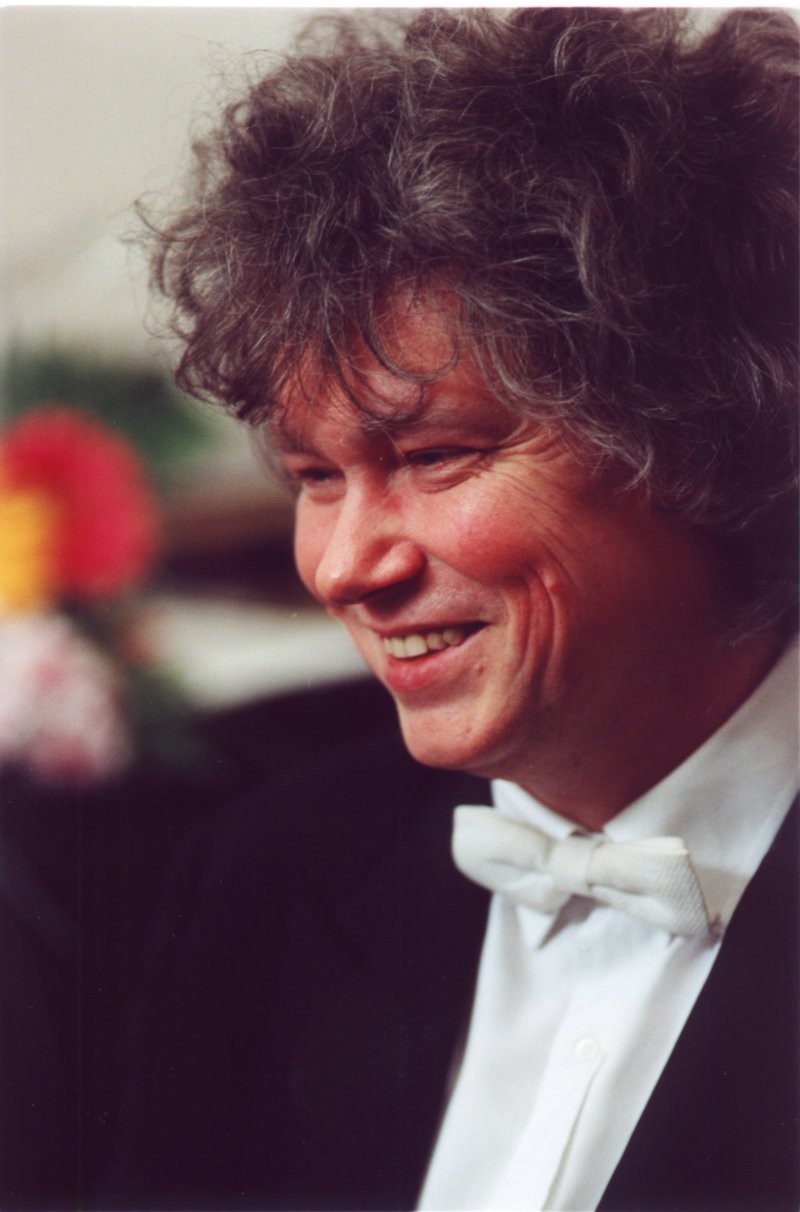
Zoltán Kocsis [1952–2016]
/ photo: Andrea Felvégi
Zoltán Kocsis
In 1997, a new era began in the life of the Hungarian State Symphony Orchestra. This was the year when Zoltán Kocsis took over the leadership of the ensemble and, working in conjunction with the orchestra’s general director Géza Kovács, elevated the activity of this community of musicians to a new plane. The objective was to create a world-class symphony orchestra that was modern in every respect, perfectly meeting the requirements of the turn of the millennium in terms of artistic concept, the quality of the performances, and its organisational structure. Existing orchestra members and new applicants alike were required to demonstrate their skills at a rehearsal session, and this is what led to the ensemble’s transformation. The result justified Kocsis’s perfectionism, which established a level of prestige, both in Hungary and abroad, that exceeded even the accolades it earned in its golden age. All of this was connected to a name change in 1998: the former HSSO continued to operate as the Hungarian National Philharmonic Orchestra, while the Hungarian State Choir was renamed the Hungarian National Choir and placed under the leadership of Mátyás Antal, who had previously spent many years as a flautist with the HSSO. From then on, the two ensembles would jointly be known as the Hungarian National Philharmonic.
Zoltán Kocsis’s work left his stamp on the orchestra’s third and most recent era, since the epochal pianist/conductor had been heading the Hungarian National Philharmonic Orchestra for almost two decades. His peerless musicality, stylistic mastery, legendary memory, evocativeness and uncompromising perfectionism were both a continuous source of stimulation and a constant test for the ensemble’s musicians: an irresistible, upward pulling force that had to be satisfied.
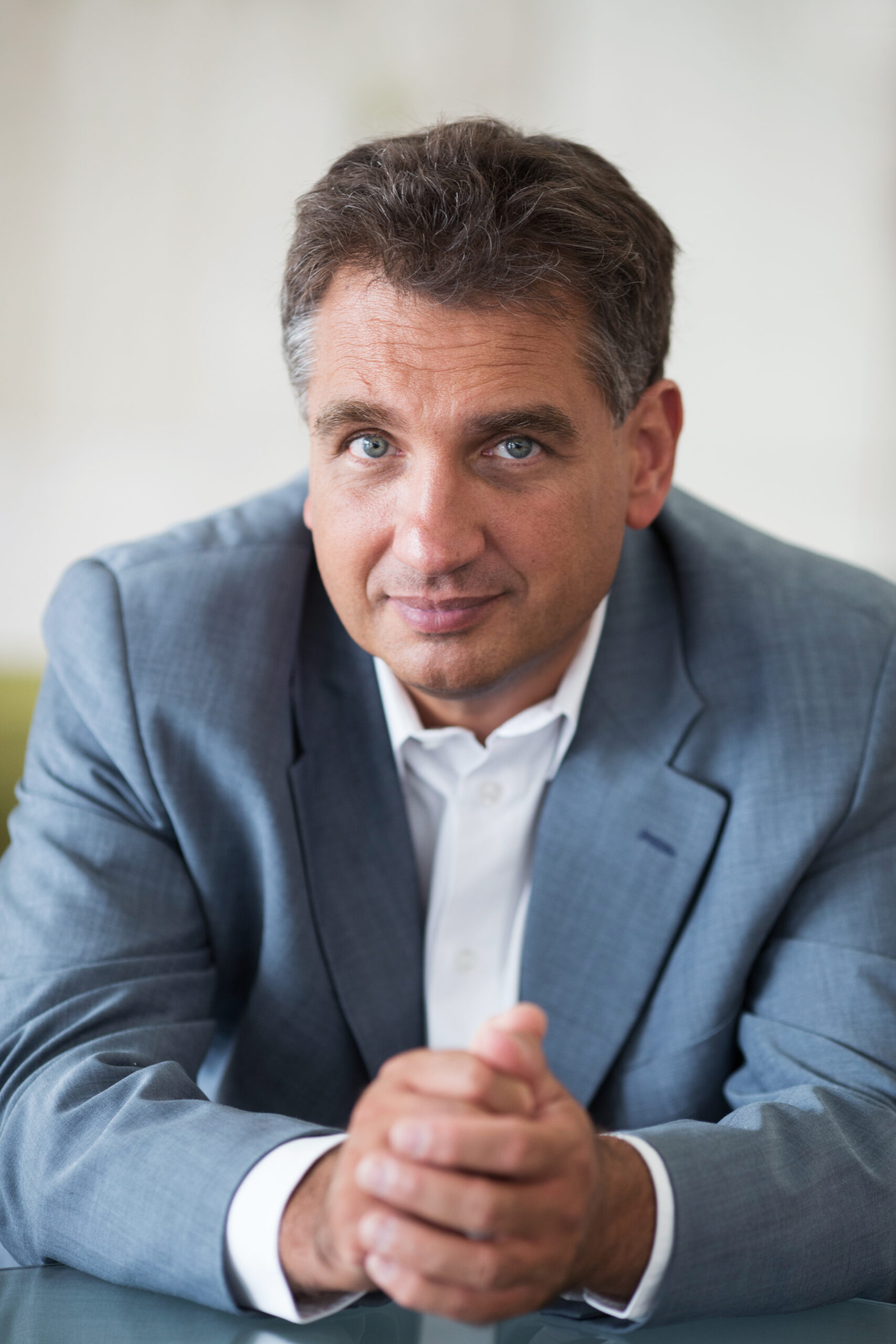
Zsolt Hamar [1968]
/ photo: Zsófia Raffay
Zsolt Hamar
Zsolt Hamar – who took second place and the audience prize at Hungarian Television’s Eighth International Conducting Competition, studied composition under Emil Petrovics at the Liszt Academy and learned the art of conducting from Ervin Lukács and Tamás Gál – was invited by chief music director Zoltán Kocsis in the autumn of 1997, at the age of 29, to join the HNPO as its first permanent conductor. He remained with the ensemble until 2000 before becoming the music director of the Pannon Philharmonic in Pécs and, from 2001, also regularly performing at the Hungarian State Opera House.
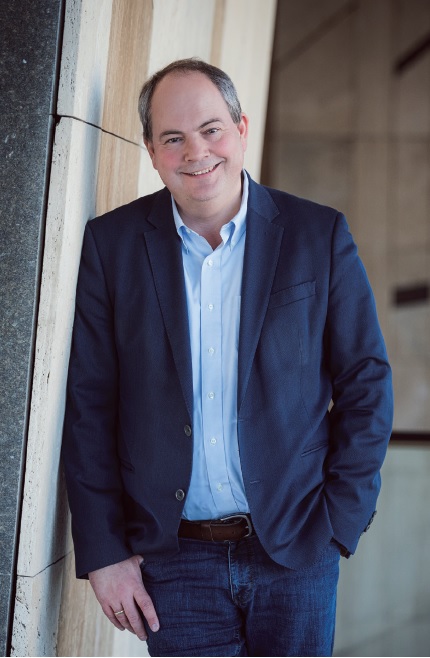
György Vashegyi [1970]
/ photo: Szilvia Csibi
György Vashegyi
György Vashegyi graduated from Budapest’s Liszt Academy in 1993 with a degree in conducting. He participated in several master classes with Helmuth Rilling and John Eliot Gardiner, whose influence led to his interest in historically informed performance. He founded the Purcell Choir in 1990 and the Orfeo Orchestra in 1991. With them under his leadership over the last 30 years, he has created countless important opera and oratorio productions and cantata and orchestral programmes. Their repertoire spans approximately 250 years, ranging from Gesualdo to Mendelssohn: constant fixtures on their programmes are Bach’s passions, oratorios, cantatas and motets, as are the works of Monteverdi, Purcell, Rameau, Handel, Mozart, Haydn and Mendelssohn.
György Vashegyi, a conductor, musicologist and teacher with more than 30 years of concert experience, and who is incredibly versatile both in his activities and his interests, was appointed to the role on 1 October 2022. The conductor accepted the task, though only on the condition that the Hungarian Philharmonic Orchestra and the Hunarian National Choir should express their opinion of his appointment in a closed ballot. A total of 96 percent of the choir and 98 percent of the orchestra voted in favour of György Vashegyi, enabling him to begin his work with complete legitimacy.